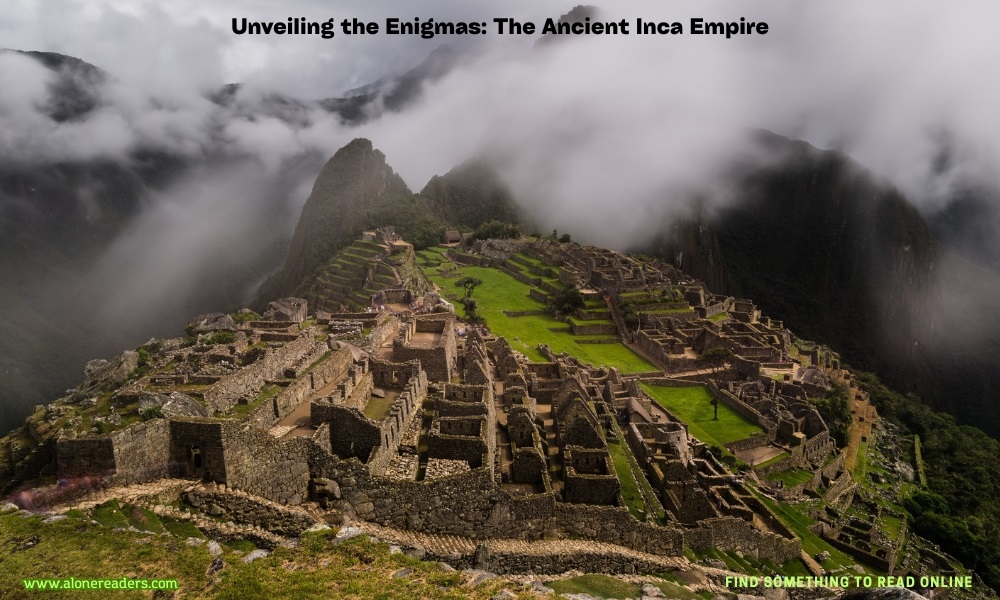
The Inca Empire, known as Tawantinsuyu, was the largest empire in pre-Columbian America. Its influence and achievements continue to fascinate scholars and historians today. This article delves into the mysteries of the Inca civilization, exploring their advanced architectural techniques, unique social structure, enigmatic rituals, and the unsolved puzzles they left behind.
The exact origins of the Inca civilization are shrouded in mystery. According to legend, the Incas originated from a mythical site called Paqari-tampu, about 15 to 20 kilometers south of Cusco. The founders of the Inca dynasty, Manco Capac and Mama Ocllo, are said to have emerged from the waters of Lake Titicaca, sent by the sun god Inti to found a new civilization.
By the time the Spanish conquerors arrived in the 16th century, the Incas had rapidly expanded their territory across western South America. This expansion stretched over 2,500 miles from north to south, encompassing modern-day Peru, large parts of Ecuador, western and south central Bolivia, northwest Argentina, north and central Chile, and southern Colombia.
One of the most enduring legacies of the Inca Empire is its architecture. The construction of Machu Picchu, a citadel set high in the Andes Mountains, remains one of the greatest architectural mysteries. The Incas did not use wheels or iron tools, and the precision with which the massive stones were cut and assembled is astounding. The stones fit so perfectly that not even a blade of grass can be inserted between them. How the Incas managed these feats without the modern technology remains a puzzle to archaeologists.
The Incas were masters of agricultural innovation. They developed terraced farming that allowed them to use the steep Andean mountainsides efficiently. These terraces improved drainage and reduced soil erosion, increasing the arable land area. The Incas also created an advanced irrigation system that supported their agriculture, which was essential for supporting a large population.
In addition to agriculture, the Inca's engineering capabilities were seen in their extensive road system, which connected various parts of the empire. This network facilitated the efficient movement of armies, information, and goods across the empire, despite the challenging mountainous terrains.
The Inca society was highly organized, with a strict hierarchy that placed the Sapa Inca at the top. Below him were the nobles, priests, and administrators who managed the day-to-day affairs of the empire. The Incas had no written language as we understand it; instead, they used a system of knotted strings called quipus to keep records.
Religion played a central role in Inca society. The Incas worshipped many gods, with the sun god, Inti, being the most important. Religious ceremonies, which often included human and animal sacrifices, were crucial for appeasing these deities, whom they believed controlled the natural world and its elements.
The decline of the Inca Empire is another area filled with unanswered questions. While the Spanish invasion led by Francisco Pizarro in 1532 undoubtedly initiated the collapse, some historians suggest that internal strife and diseases introduced by Europeans played significant roles. The rapid decline of such a powerful and expansive empire remains a topic of research and debate among historians.
Conclusion
The mysteries of the Inca Empire—from its origins to its sudden decline—continue to captivate the imagination of people around the world. Their achievements in architecture, agriculture, and governance are remarkable considering the time period and the technologies available to them. Even today, the remnants of the Inca civilization offer a fascinating glimpse into a society that, in many ways, was ahead of its time. Their story is a testament to the ingenuity and strength of human cultures in adapting to and thriving within their environments.